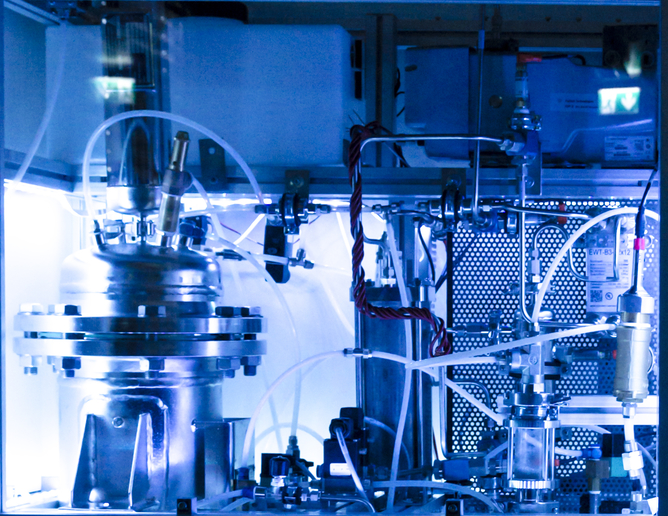Better understanding ultracold gas behaviour
Individual electrons of atomic elements can typically have only certain energies called quantum mechanical energy levels. However, at very low temperatures (near absolute zero where all molecular motion would stop), atoms of a few elements (boson gases) exhibit only the lowest quantum energy state, a process called Bose-Einstein condensation. These ultracold bosonic atoms (now a Bose-Einstein condensate, or BEC) are indistinguishable and form a single quantum mechanical entity. So-called fermionic atoms cannot co-exist in the same quantum energy state (they are governed by Pauli’s Exclusion Principle). Here, the two main classes of all particles in the universe, bosons and fermions, are distinguished by their relative spin states, or angular momenta. Helium exhibits both stable bosonic and stable fermionic isotopes that can be cooled to so-called quantum degeneracy in a metastable excited state. In addition, experiments have illustrated the similarities between ultracold boson atoms and photons of light. In fact, when a cooled gas, whether bosonic or fermionic, reaches quantum degeneracy its individual atoms stop behaving like point particles and instead behave like waves. Ultracold metastable helium is therefore an excellent system in which to study the overlap among fields of ultracold atomic gases, quantum optics and condensed matter. European researchers supported by funding of the ‘Ultracold Bose-Fermi mixtures of metastable helium’ (Bosefermihe) project sought to detect and study single ultracold metastable helium atoms in order to further evaluate quantum degeneracy. Researchers modified previous setups and conducted experiments revealing surprising distributions of the relative momenta of atom pairs. The Bosefermihe team also developed the world’s first laser trap for metastable helium used to cool the atoms into quantum degeneracy regardless of their spin state. With the technology, researchers were able to make the first measurement of spin-dependent losses for metastable helium. Innovative technological developments and numerous experiments on ultracold metastable helium atoms enabled important observations and published results regarding degenerate quantum gases. This positions the EU as a leader in a highly competitive field with huge potential for future applications in atomic clocks and superconductivity







